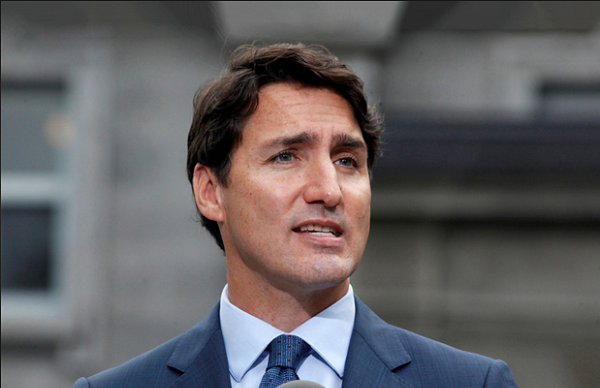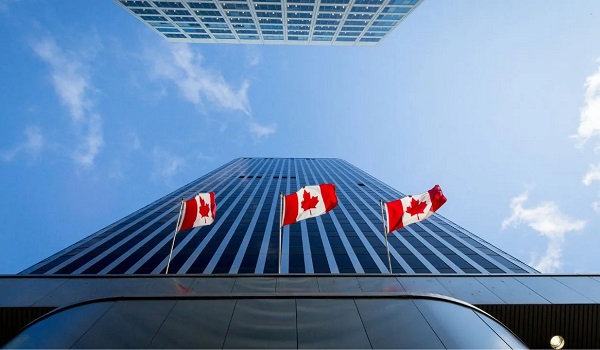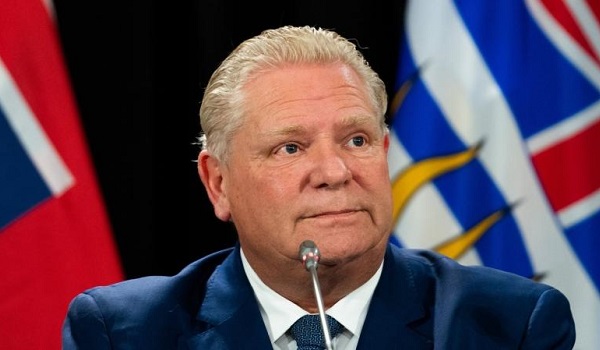Population control: Trudeau Reverses Course on Immigration After Support Plunges
Prime Minister Justin Trudeau is pulling Canada’s welcome mat away from newcomers as record inflows sank public support for immigration.
Canada will admit nearly 20% fewer permanent residents next year, or 395,000, compared to this year’s expected level of 485,000, according to the latest government’s plan from Immigration Minister Marc Miller. The numbers will then continue to drop by about 4% annually through 2027.
The government also set its first-ever target for temporary immigrants. The group, which includes international students and foreign workers who have been a key driver of post-pandemic influxes, will see their numbers decline by about 446,000 in 2025 and 2026, compared to 2023 levels of about 800,000. In 2027, Canada will admit 17,400 new non-permanent residents.
Overall, the plan means Canada’s population would decline by 0.2% in each of the next two years, before rebounding with modest growth of 0.8% in 2027. That’s compared to annual growth of 3% in the second quarter of this year, one of the fastest rates in the world and on par with developing countries with high birth rates.


If the Trudeau government meets its goal, the country’s population will shrink for the first time in data going back to the early 1950s.
It’s the biggest turnaround in policies for a country that relies heavily on immigration to replenish its rapidly aging labor force as well as to fuel its population and economic growth. Since Trudeau came into power in 2015, his government had continuously ramped up intakes of newcomers to record highs.
But post-pandemic influxes exceeded Canada’s capacity to handle such rapid increases. The surge — comparable to adding all of San Diego’s residents in a single year to a country that’s slightly more populous than California — worsened housing shortages, inflated rent prices, strained public services and pushed up the unemployment rate.
These pressures threatened a long-held belief that mass immigration gives Canada an edge in a global race to attract young workers to stave off economic decline. The country’s longest-running survey on immigration last week showed Canadians haven’t felt this strongly opposed to immigration levels in a quarter-century, forcing Trudeau to scale back the country’s ambition.
While the drastic curb to immigration is expected to help relieve current stresses in the housing and jobs markets, it could weaken a key economic engine, which has buoyed consumption and boosted businesses from banking to telecommunications in recent years.
The government has set a target of reducing temporary residents from the current 7.3% of the population to 5% over three years. According to Bloomberg estimates, the number of non-permanent residents needs to fall from about 3 million to 2 million for the government to hit its 5% target by 2027.
The government’s planned curtailment of immigration has positives and negatives, Derek Holt, vice-president and head of capital markets economics at Bank of Nova Scotia, said in a report to investors.
It will ease some pressures on the labor market and housing, as well as on social, health and educational services, he said, while lifting per-capita consumption and per-capita growth.
For the Bank of Canada, slower population growth will have competing effects — eventually impacting housing and consumption growth, but not for a long while as the country has an immigration backlog, structural housing shortages and pent-up domestic demand, Holt said.
The slower population growth will also lower potential GDP growth, which is likely to mean capacity constraints and a tight labor market — unless productivity growth accelerates which seems unlikely, Holt added.
“A significant negative, however, is that mismanagement of Canada’s immigration programs will cost this country for many years. Potential immigrants have choices. They’ve seen Canada ramp up in uncontrolled fashion, then throw their status in limbo and then remove many of them midstream,” he said.
“Potential future arrivals have to be able to rely on the rules for years at a time in order to have confidence in their decision to arrive in Canada.”
–With assistance from Jay Zhao-Murray and Erik Hertzberg.
This article was first reported by BNN Bloomberg










